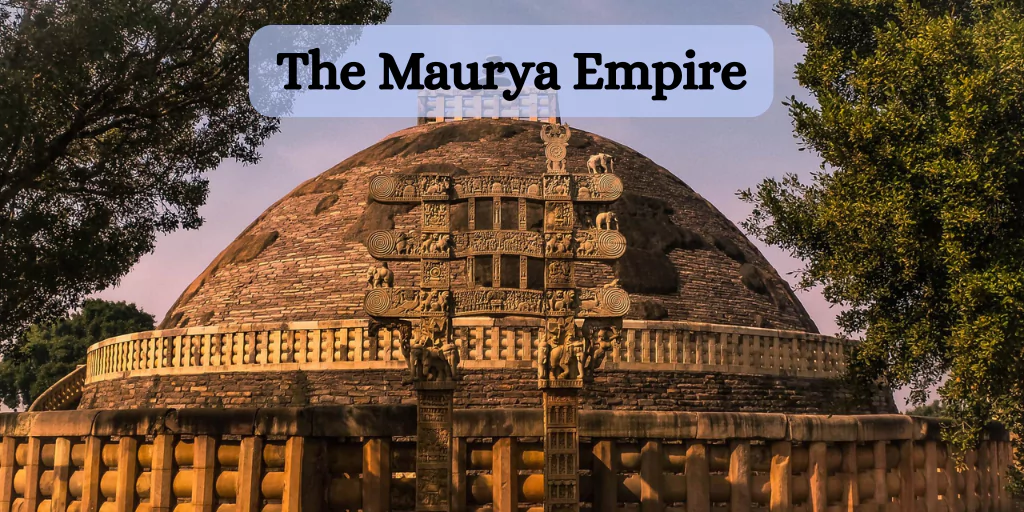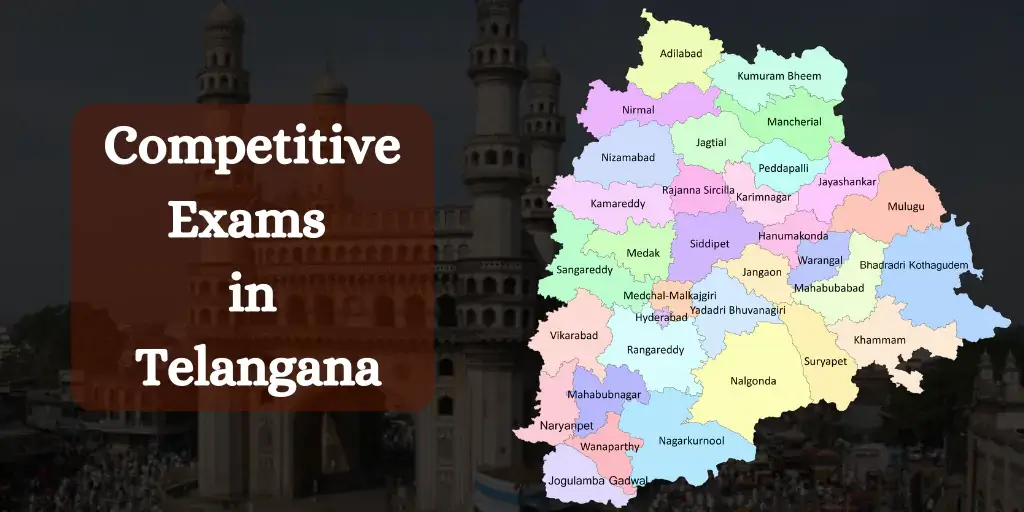Recently updated on September 9th, 2025 at 10:43 am
Ever wondered how a teenage outcast rose to build the Maurya Empire — ancient India’s first true superpower? This wasn’t just a dynasty; it was a force that even made Alexander the Great pause.
We’ve dug into the fascinating Maurya Empire achievements that transformed South Asia from 322 to 185 BCE. From Chandragupta’s military genius to Ashoka’s philosophical revolution, these rulers created a blueprint for governance that would influence civilisations for centuries.
The wildest part? This empire began with a young man’s audacious plan to overthrow foreign rulers and ended with his grandson sending Buddhist missionaries across Asia. But here’s what history books don’t tell you about how they pulled it off…
1. Chandragupta Maurya’s Rise to Power
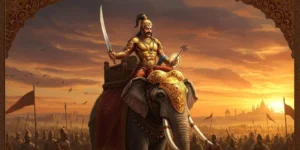
A. The fall of the Nanda dynasty
We tracked how Chandragupta’s opportunity emerged when the unpopular Nanda dynasty crumbled under heavy taxation and public discontent. Their military might couldn’t save them from growing resentment among citizens seeking leadership change in Magadha.
B. Alexander’s retreat and political vacuum
We’ve noticed how Alexander’s invasion created the perfect power vacuum in northwestern India when he retreated in 325 BCE. This timing was crucial – Chandragupta seized this strategic moment with Chanakya’s guidance to begin building what would become the magnificent Maurya Empire.
2. Establishment of the Mauryan Administration
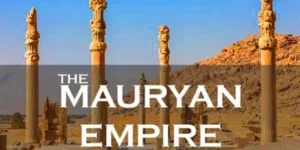
A. Centralised governance structure
We can’t overstate how brilliant the Mauryan administrative system was. Chandragupta created a highly centralised government with himself at the top, surrounded by a council of ministers who directly reported to him, ensuring imperial control stayed tight across the vast empire.
B. Provincial administration and officials
The empire? Divided into provinces managed by governors (usually royal family members). We organised these into districts and villages with officials appointed to maintain order, collect taxes, and implement imperial policies. This multilayered approach helped us maintain control while adapting to local needs.
3. Economic Prosperity Under the Mauryas

A. Agriculture development and irrigation projects
We pioneered extensive irrigation systems across the empire, digging canals and building dams that transformed barren lands into fertile fields. Our agricultural innovations weren’t just about feeding people—they filled the royal treasury through land revenue. The Mauryan Empire is used for UPSC, IAS, and IPS Exams.
B. Trade routes and commercial expansion
We established trade networks stretching from Greece to China, making markets buzz with activity. Merchants travelled our well-maintained roads carrying silk, spices, and gold, all while our standardised weights and protective policies kept commerce flowing smoothly throughout ancient India.
4. Bindusara’s Reign and Expansion
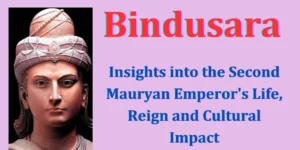
A. Territorial consolidation
We often overlook Bindusara’s impressive territorial gains while focusing on his father and son. He maintained control of the vast territories his father had conquered and even expanded further south into the Deccan. Some historical accounts suggest he conquered “the land between two seas,” stretching Mauryan influence across most of the subcontinent.
B. Diplomatic relations with Hellenistic kingdoms
We can’t ignore Bindusara’s diplomatic skills. He maintained correspondence with Antiochus I Soter of Syria and reportedly requested figs, wine, and a philosopher from the Greek king. These exchanges show the Mauryan Empire’s growing international reputation during his 25-year rule, building on the foundation his father established with Seleucus Nicator.
5. Ashoka’s Military Conquests
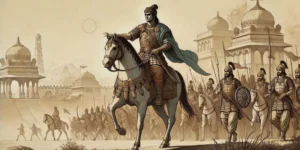
A. Early campaigns and military strategy
We often underestimate Ashoka’s military prowess before his famous transformation. His early campaigns were masterful, employing flanking manoeuvres and siege tactics that expanded Mauryan territories. The guy wasn’t just sitting around—he led troops into battle, using specialised infantry divisions and war elephants to crush opposition.
B. The Kalinga War and its brutal aftermath
The Kalinga War changed everything. We’re talking about unimaginable bloodshed—100,000 soldiers dead and 150,000 deported. Seeing the carnage firsthand, Ashoka was gutted. This wasn’t just another conquest but the turning point that transformed a ruthless emperor into the compassionate ruler we all study today.
6. Ashoka’s Transformation and Dhamma
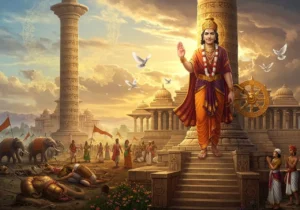
A. Conversion to Buddhism
We’ve all heard about Ashoka’s dramatic change after the Kalinga War. That bloody conflict pushed him toward Buddhism, influenced by the monk Upagupta. The horrors of war opened his eyes to a path of compassion and non-violence that would reshape his entire approach to ruling.
B. The concept of Dhamma (righteousness)
Ashoka’s Dhamma wasn’t just Buddhism repackaged. It was his practical moral code focused on good conduct, respect, and tolerance. We can see through his rock edicts how he wanted these principles to guide everyday life across his vast empire, creating a more harmonious society built on ethical foundations.
7. Mauryan Architectural and Cultural Achievements

A. Monumental stone structures
We’ve discovered that the Mauryan dynasty left an incredible architectural legacy across India. The massive Pataliputra palace, described by Greek ambassador Megasthenes, featured polished wooden pillars that rivalled Persian palaces. These structures showcased our ancestors’ engineering prowess and artistic vision.
B. Ashoka’s pillars and edicts
Have you seen those massive stone pillars scattered across the subcontinent? They’re Ashoka’s silent messengers, each weighing up to 50 tons and transported hundreds of miles. The famous lion capital at Sarnath (now India’s national emblem) displays craftsmanship so perfect we’re still figuring out how they achieved such precision.
8. Diplomatic Reach and International Relations

A. Embassies to the Greek states and Sri Lanka
We’ve uncovered fascinating evidence that the Maurya dynasty maintained sophisticated diplomatic networks. Chandragupta exchanged ambassadors with Seleucus Nicator, while Ashoka sent envoys to Greek kingdoms and Sri Lanka after the Kalinga War, spreading his message of Dhamma beyond Indian borders.
B. Trade networks with Southeast Asia
We can’t overstate how the Mauryans revolutionised trade. Their merchants sailed to Southeast Asia, establishing routes that brought exotic goods to Indian ports. These networks weren’t just about commerce—they carried Mauryan cultural influence and Buddhist teachings throughout the region.
9. Legacy of the Mauryan Empire
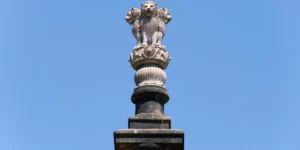
A. Impact on Indian political unification
We’ve seen how the Maurya dynasty created the first true unified Indian state. Before Chandragupta’s conquests, the subcontinent was fragmented into janapadas and mahajanapadas. This political unification set a powerful precedent that influenced rulers for centuries to come.
B. Administrative precedents for later empires
The administrative genius of the Mauryan system can’t be overstated. Their centralised governance model with provincial divisions became the blueprint for future Indian kingdoms. Even today, we can still see echoes of their civil service structure in modern administrative systems.
Also See: Chola Dynasty Notes for UPSC & SS
Conclusion
The Mauryan dynasty stands as one of India’s most magnificent ancient civilisations, transforming the subcontinent through remarkable achievements. From Chandragupta’s strategic brilliance in establishing a centralised administration to Bindusara’s territorial expansions, and culminating in Ashoka’s ethical leadership and promotion of dhamma, the Mauryan rulers created a legacy of governance, economic prosperity, and cultural advancement that resonates even today. Their architectural marvels, diplomatic relationships, and administrative innovations provided a blueprint for future Indian empires.
We hope this exploration of the Mauryan dynasty has illuminated the profound impact this empire had on India’s historical trajectory. The evolution from Chandragupta’s military conquests to Ashoka’s embrace of non-violence represents a fascinating journey of power, philosophy, and statecraft. As we reflect on their achievements, we can appreciate how the Mauryan legacy continues to influence our understanding of effective governance, cultural synthesis, and the balance between power and moral authority in leadership.


